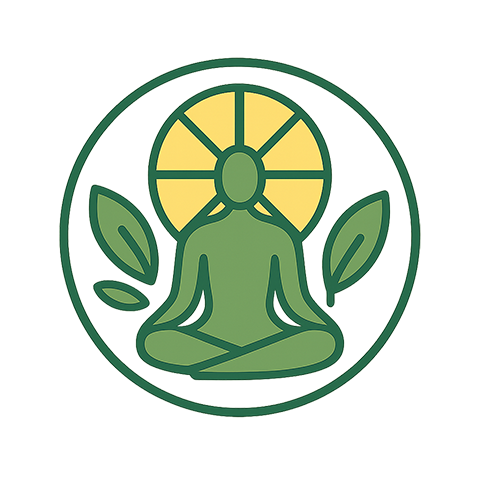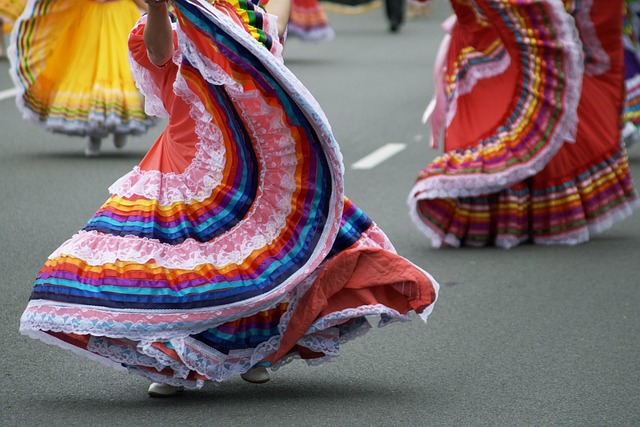In an age dominated by technology and screens, the necessity for human connection has never been more pronounced. Yet, amidst the digital noise, there’s an increasing awareness of the value in unplugging and embracing the simple joys of life, particularly through offline folk dance. This centuries-old tradition serves not just as a form of art, but as a powerful means of fostering community, enhancing well-being, and promoting social interaction.
Folk dance has its roots deeply embedded in cultural practices, often serving as a medium for storytelling and communal bonding. As we engage in offline folk dance, we can momentarily shed the weight of notifications, messages, and incessant screen time. The rhythmic movements, accompanied by traditional music, create a space where individuals can reconnect with their roots and with each other. This collective experience invites participants to share in a rich tapestry of history, emotions, and shared laughter.
The concept of digital detox emphasizes the need to step away from constant connectivity to find peace and clarity. By participating in offline folk dance, individuals embark on a journey of self-exploration while simultaneously forming connections with others. These gatherings often become a melting pot of cultures and experiences, where the dance floor transforms into a sanctuary of understanding and acceptance. When people come together to share this time-honored practice, they revive an important lesson: that joy can be found in togetherness, rather than through the solitary pursuit of online validation.
Technology, while undoubtedly a driving force behind many modern conveniences, can sometimes hinder authentic human interactions. The allure of scrolling through social media feeds can leave one feeling more isolated than ever. In contrast, the act of participating in offline folk dance is an invitation to engage fully with the present moment, to share laughter and stories, and to witness the beauty of humanity through shared movement. Every twirl and leap is infused with the energy of those around us, forming a tapestry of collective expression and emotion.
Moreover, folk dance can be particularly therapeutic. As we immerse ourselves in the music and movements, we find ourselves shedding the weight of stress and anxiety. It becomes a form of meditation, allowing individuals to honor their well-being while simultaneously reconnecting with others. This sense of freedom and joy is something that cannot be replicated through a screen. Rather, it is felt deeply in the heart and soul, reminding us of the exhilaration found in being alive and connected.
As we explore the dance floor, we engage not only our bodies but also our spirits. The cultural significance of each step often tells us more than any text or image ever could. The laughter, the stories exchanged between dances, and the friendships formed all contribute to a strong sense of belonging. In these moments, technology fades into the background, and humanity takes center stage.
Participating in offline folk dance encourages personal growth and social change, fostering connections that can last a lifetime. As we navigate the complexities of modern life, let us not forget the beauty of togetherness, the thrill of a shared experience, and the joy of dancing with our fellow human beings. It is through these moments that we reaffirm our place in this world—united, joyful, and undeniably human.




